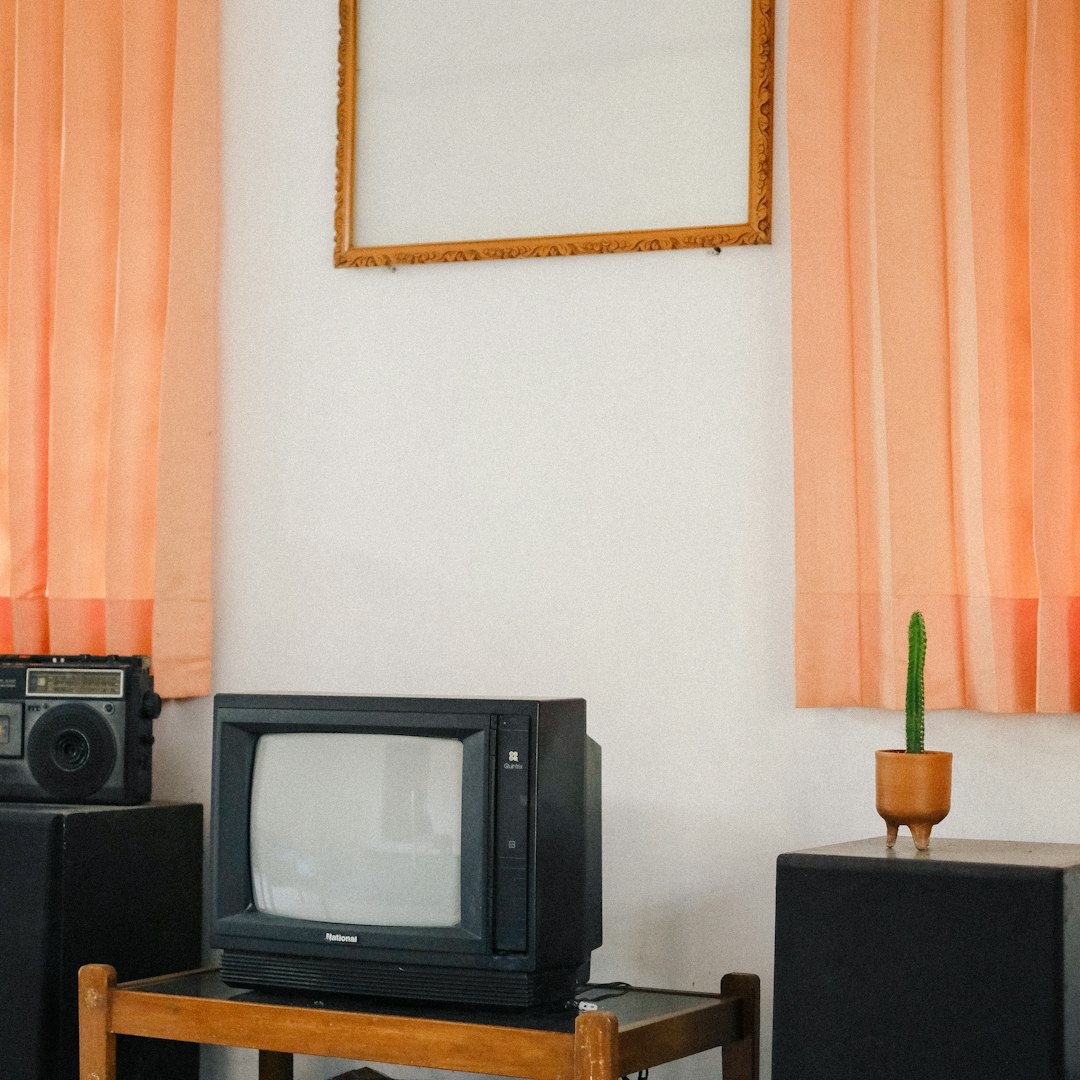When it comes to playing back classic DVDs or CDs, the Toshiba SD-4700 DVD Player continues to be a trusted piece of vintage tech. This early 2000s model is well-regarded for its reliable playback quality and broad format support. But as modern home entertainment systems shift toward HDMI-only connections, owners are often left with a question: Should I use HDMI or Optical connection for the best experience? Understanding the strengths of each signal type can help you get the best setup for enjoying your vintage media collection.
Overview of the Toshiba SD-4700
The Toshiba SD-4700 is a component-rich DVD player that supports both DVD Video and Audio CD formats, as well as some early digital surround sound technologies. It offers a solid build quality, responsive controls, and excellent decoding of legacy media. Key outputs include:
- Component Video: For analog video signals with high-quality output
- HDMI: Digital audio and video in one cable (via adapter or upscaler, as this model doesn’t natively support HDMI)
- Optical Digital Audio: For clean multi-channel audio signal transport
- Coaxial Digital Audio: An alternative digital sound transmission method
While it lacks a native HDMI port, users often connect the SD-4700 through external HDMI upscalers or converters. This makes the debate between HDMI and Optical output even more relevant today.
HDMI: Pros and Cons
While the original SD-4700 does not have a direct HDMI output, many enthusiasts connect a component-to-HDMI converter between the player and their HDTV or AV receiver. Here’s what to consider:
Benefits:
- Single cable for audio and video, reducing cable clutter
- Modern compatibility with TVs and receivers
- Potential for signal upscaling depending on the converter used
Limitations:
- Signal conversion may reduce quality, depending on converter quality
- Loss of original analog warmth, which some users prefer for music playback
- Incompatibility with some vintage AV setups

HDMI excels at streamlining your setup while maintaining compatibility with modern equipment. However, when using legacy players like the SD-4700, the effectiveness of HDMI relies heavily on the quality and specifications of the external converter used.
Optical Audio Output: A Vintage Audiophile’s Choice
The digital optical audio output on the SD-4700 provides a pure digital audio signal to your receiver or soundbar. This makes it an ideal choice for those looking to connect the DVD player into an existing multi-channel sound system. Optical leaves video out of the equation, so a separate video feed (e.g., component or even composite) is still required.
Benefits:
- High-fidelity audio, ideal for music and surround sound DVDs
- Resistance to electrical interference
- Maintains original digital signal with little to no compression
Limitations:
- Requires separate video cable
- No support for newer audio formats like Dolby TrueHD or DTS-HD
- Maximum audio resolution of 48 kHz/24-bit for DVDs

For those who prioritize sound quality—particularly classical CDs or surround-encoded DVDs—optical is often the preferred choice. It bypasses the need for mechanical converters and provides direct digital audio output to compatible receivers.
Which Setup is Best for Vintage Media?
For purists who want to experience DVDs and CDs as closely as possible to the way they were originally mastered, we recommend the following:
- Use component video output directly to TV or via a high-quality upscaler
- Pair it with the optical digital audio output to a dedicated AV receiver
This combination preserves the character of the original media and gives the best balance between video clarity and original digital sound fidelity. HDMI can be convenient, but for a truly authentic experience, the optical setup mirrors the original playback environment more closely.
Conclusion
Choosing between HDMI and optical for your Toshiba SD-4700 DVD Player involves understanding your priorities. Optical offers superior audio fidelity for vintage media and better alignment with the original design of the SD-4700, while HDMI provides modern connectivity and simplified wiring if video upscaling is desired. For the serious collector or audiophile, optical is still the reliable and purist’s choice. For everyday convenience and compatibility, HDMI—with a good-quality converter—can also serve well.
Ultimately, it’s about how you value authenticity vs. convenience. Either way, the SD-4700 continues to shine as an essential tool in the vintage media enthusiast’s arsenal.
yehiweb
Related posts
New Articles
Game Developer Salary: Junior vs. Senior Levels
Ever wondered how much a game developer makes? Whether you’re just starting out or already dreaming in lines of code,…


